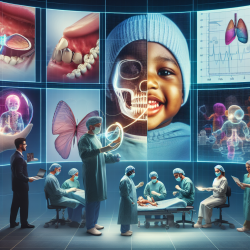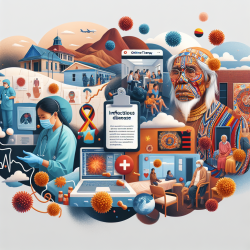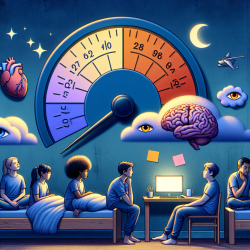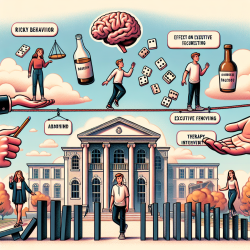Understanding the Microbial Community in Built Environments
The built environment (BE) encompasses the spaces where we live, work, and learn. It's not just a backdrop for human activity but a dynamic ecosystem that interacts with its inhabitants. Recent research in comparative genomics of bacteria in BEs has provided new insights into the microbial communities that inhabit these spaces. This research, published in BMC Genomics, emphasizes the diversity and genomic features of bacteria commonly found in BEs, such as genome size, GC content, and codon usage bias.
Implications for Online Therapy Services
For practitioners involved in online therapy services, understanding the microbial dynamics of BEs can have indirect yet significant implications. Here are a few ways this research can enhance therapy outcomes:
- Improved Environmental Awareness: By understanding the microbial communities in the environments where children learn, therapists can better appreciate the factors that might affect children's health and well-being, which can indirectly influence therapy outcomes.
- Data-Driven Environmental Modifications: Insights into microbial genomics can guide decisions on environmental modifications that promote healthier learning spaces. For example, optimizing ventilation or humidity levels can influence microbial communities, potentially reducing health risks.
- Enhanced Engagement Strategies: Knowing that environments impact microbial communities, therapists can design engaging activities that consider environmental factors, promoting a holistic approach to therapy.
Encouraging Further Research
While the current study provides a foundational understanding, it also highlights the need for further research. Practitioners are encouraged to engage in or support studies that explore:
- The relationship between specific microbial communities and therapy outcomes.
- The impact of environmental modifications on microbial dynamics and child health.
- Longitudinal studies that track changes in microbial communities over time and their correlation with therapy effectiveness.
Conclusion
The insights from the comparative genomics of bacteria in BEs offer a new perspective on the environments where online therapy takes place. By integrating these insights into practice, therapists can enhance the effectiveness of their services, ultimately leading to better outcomes for children. As we continue to explore the intersection of environmental science and therapy, the potential for innovative, data-driven approaches grows.
To read the original research paper, please follow this link: Comparative genomics of Bacteria commonly identified in the built environment.










